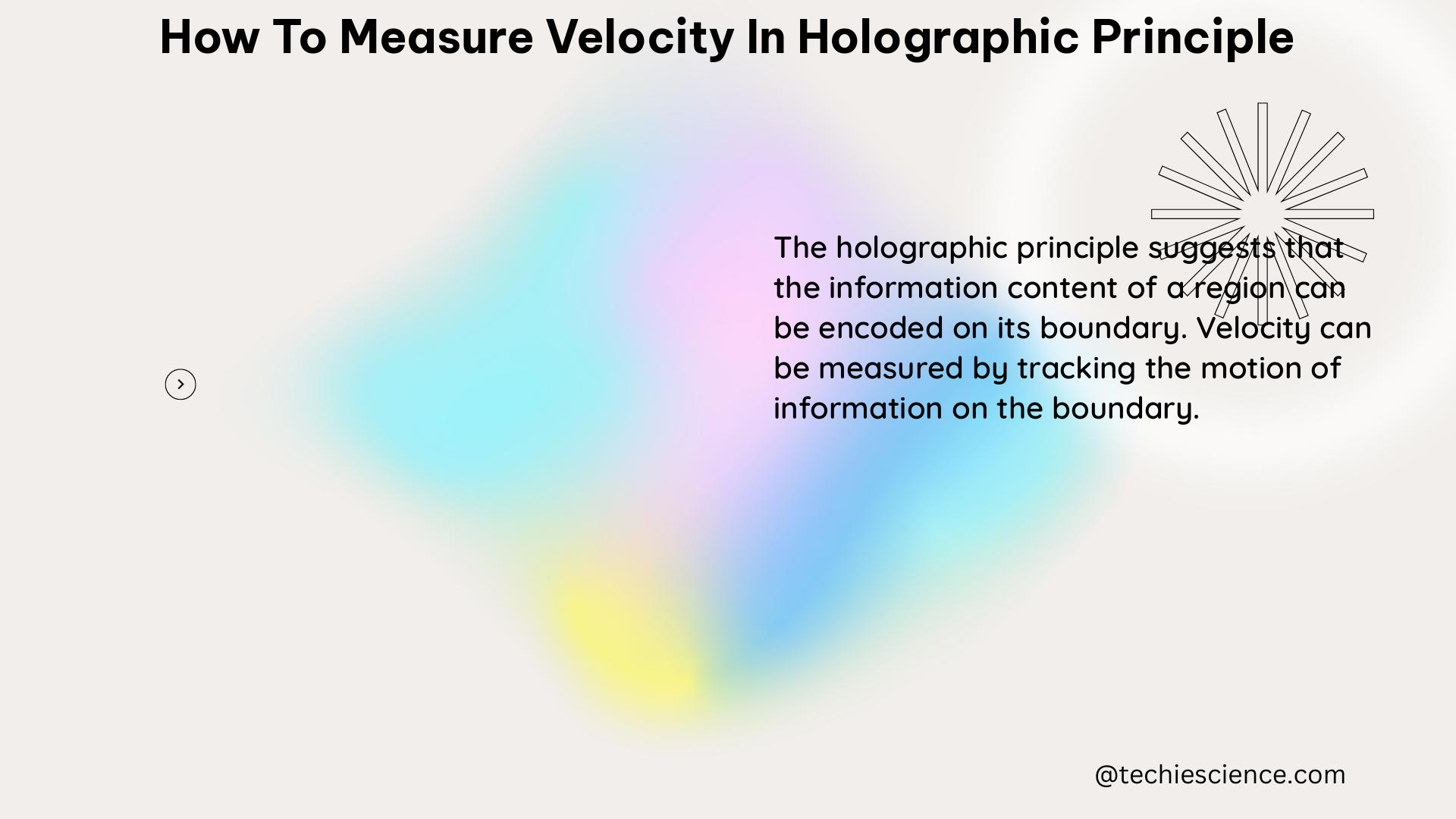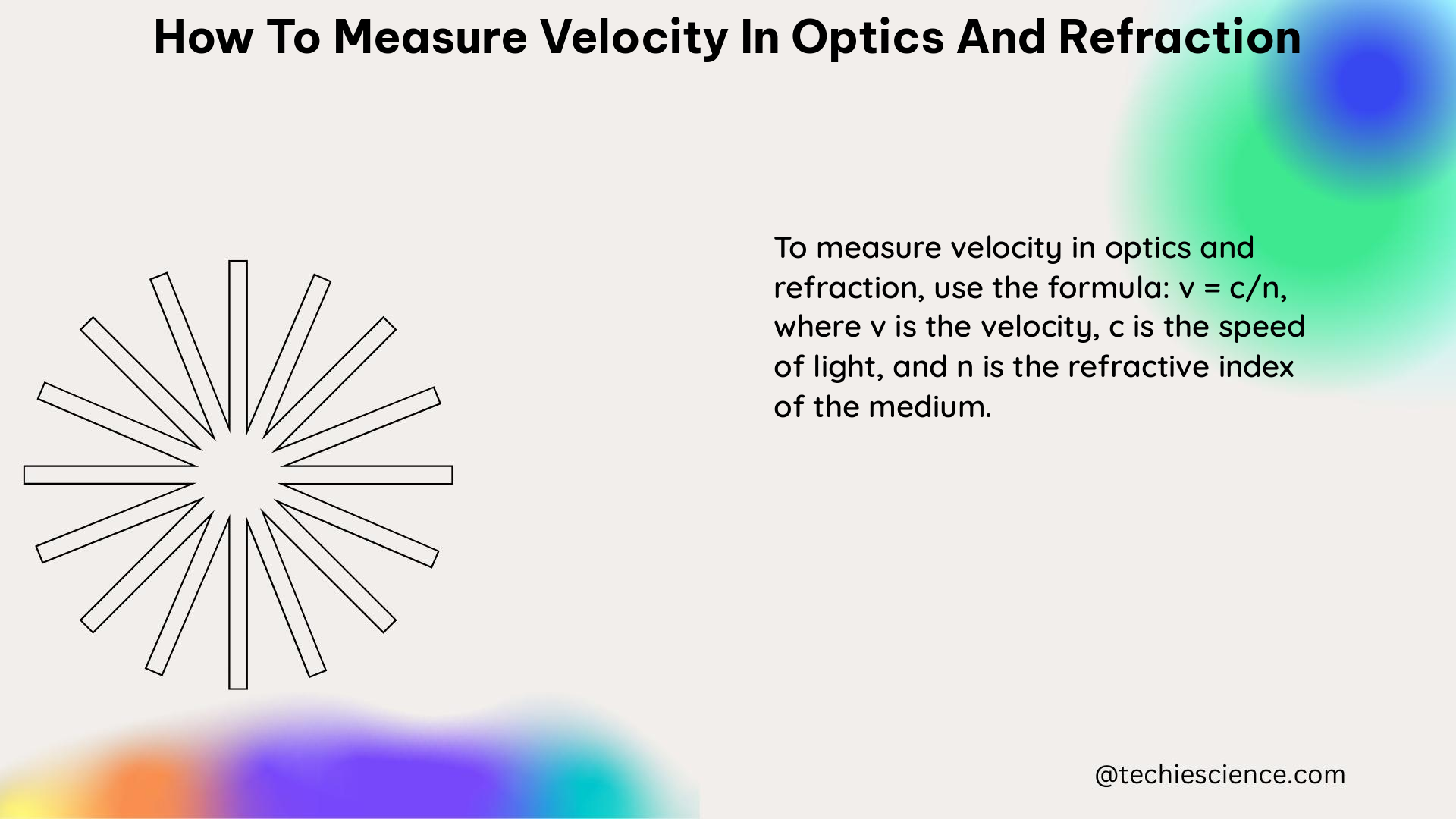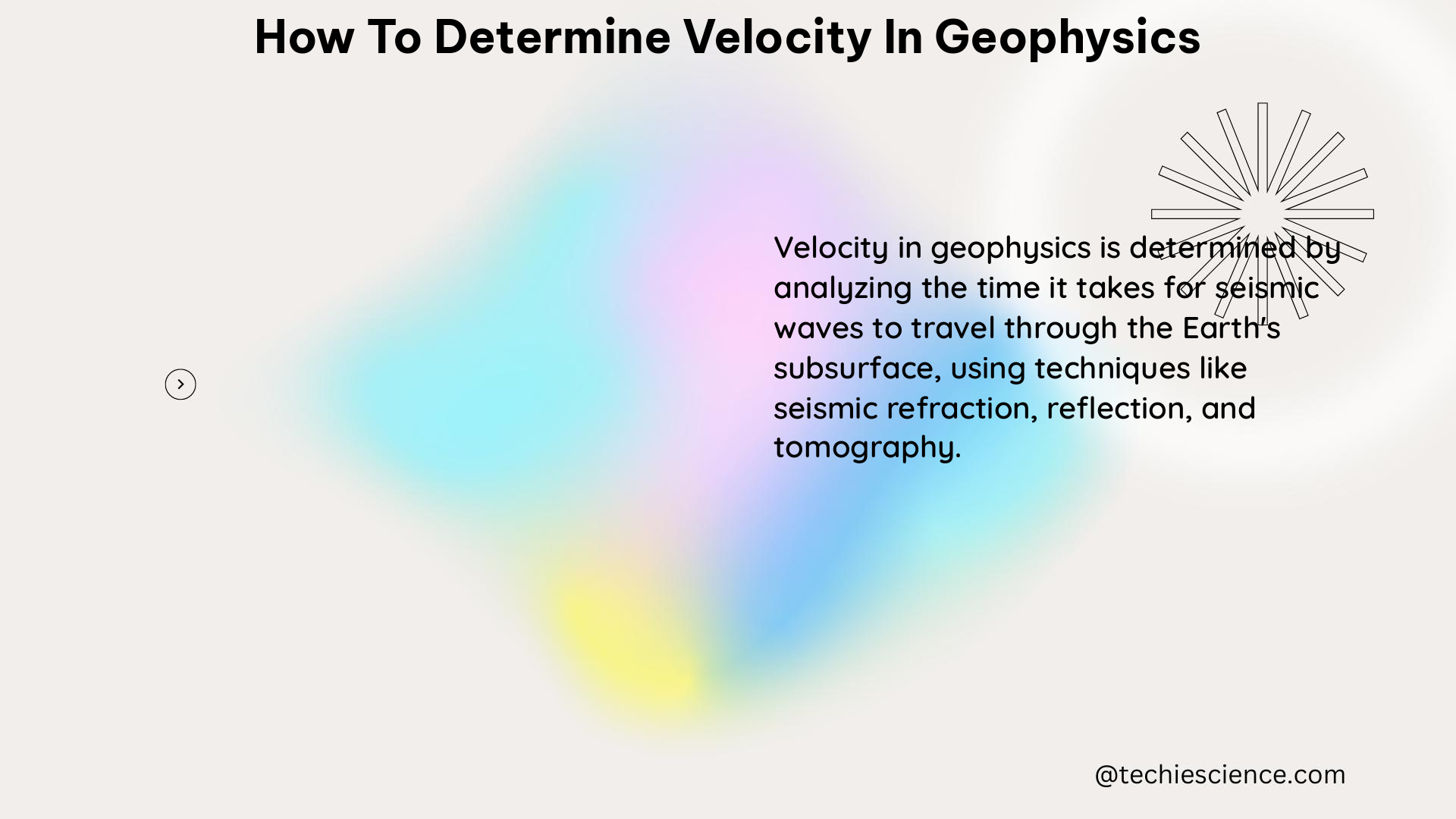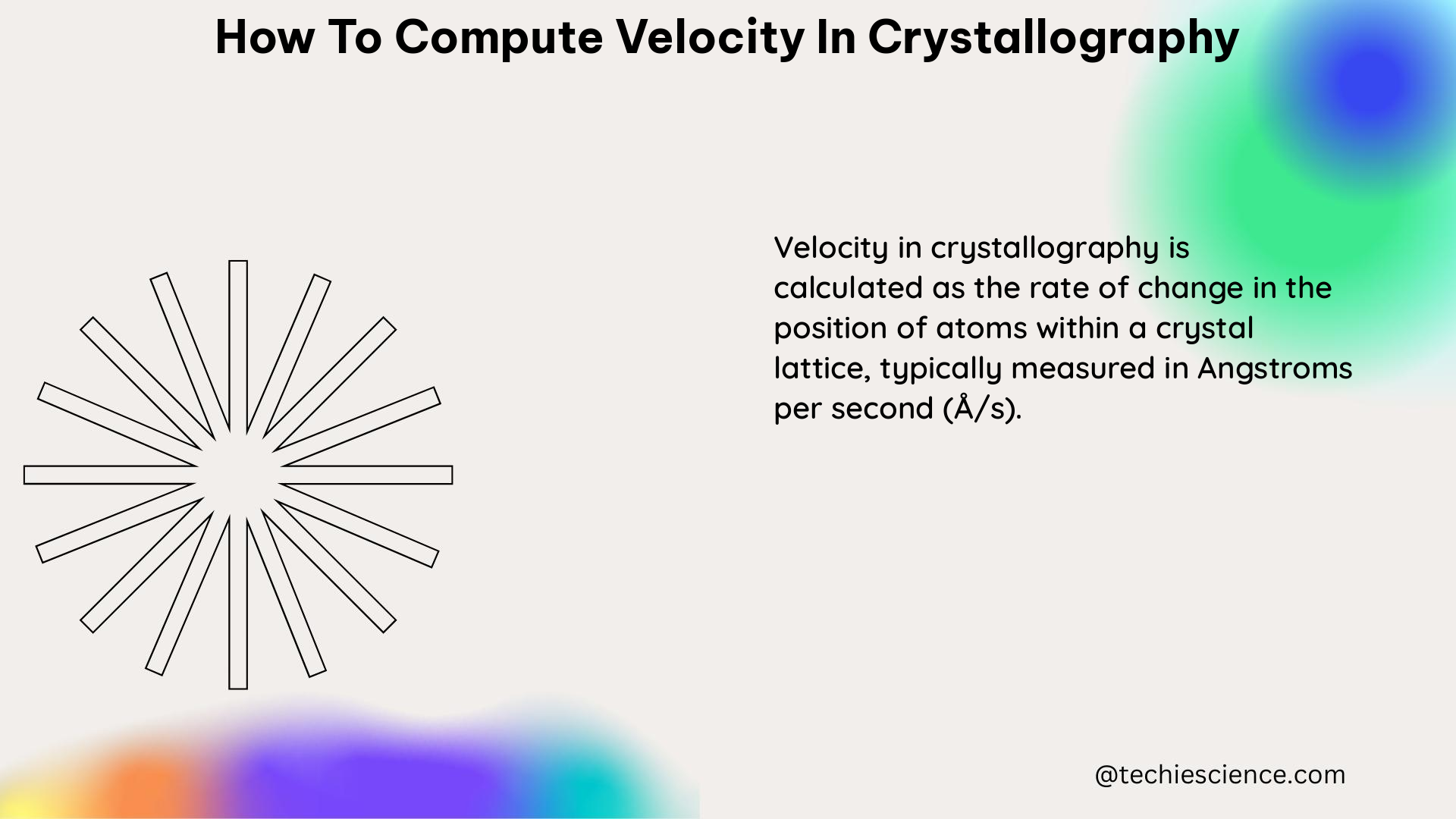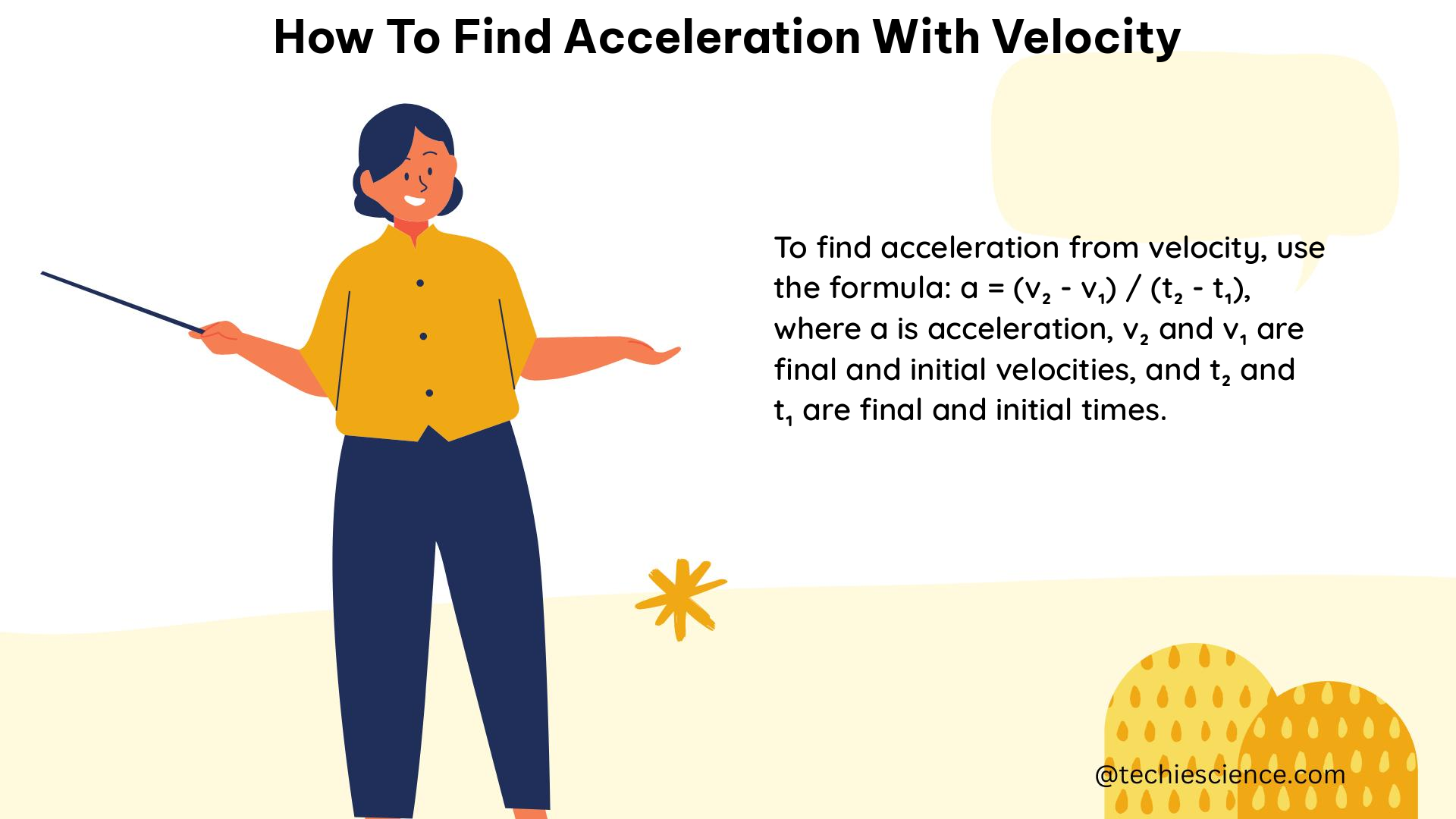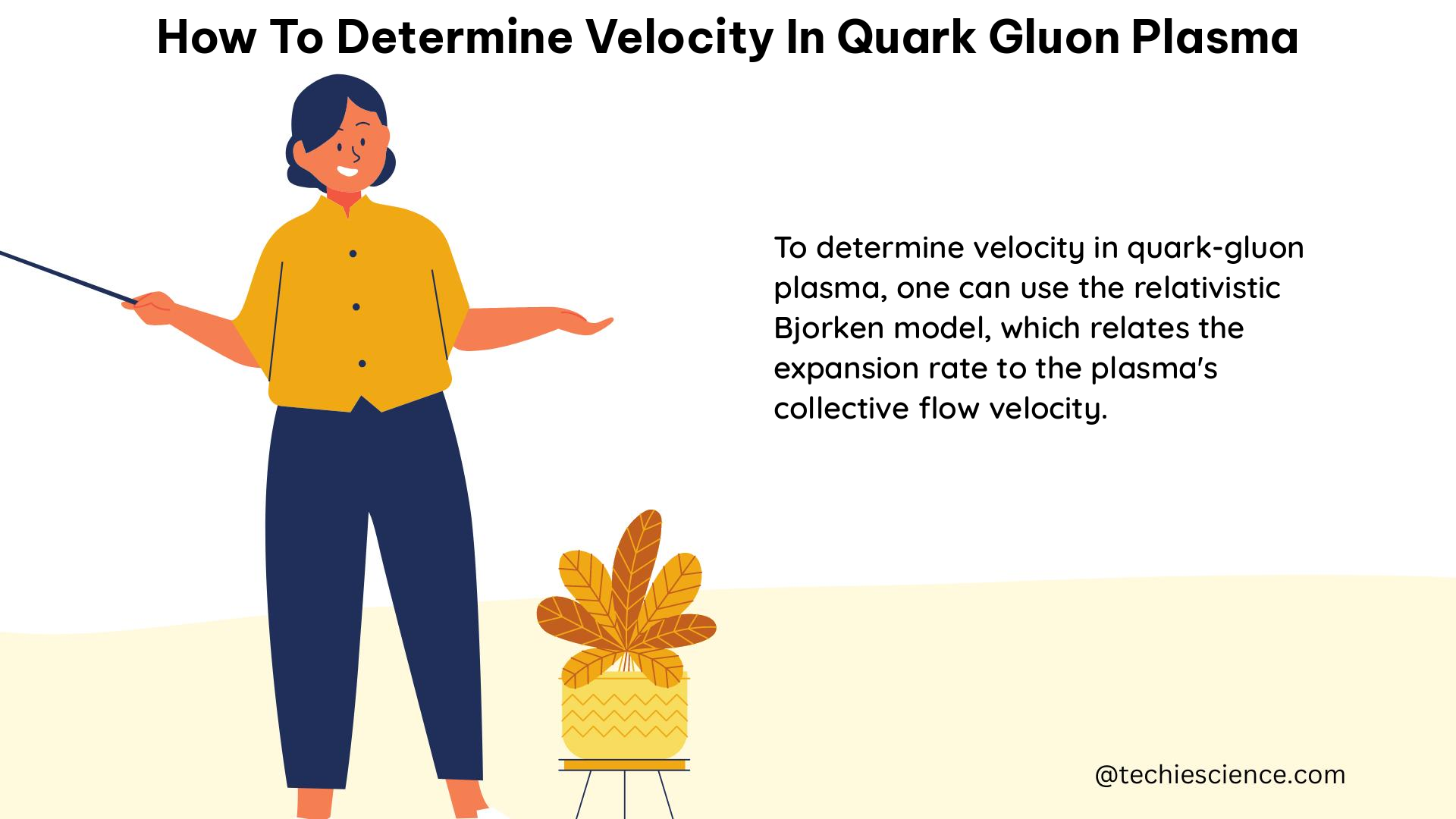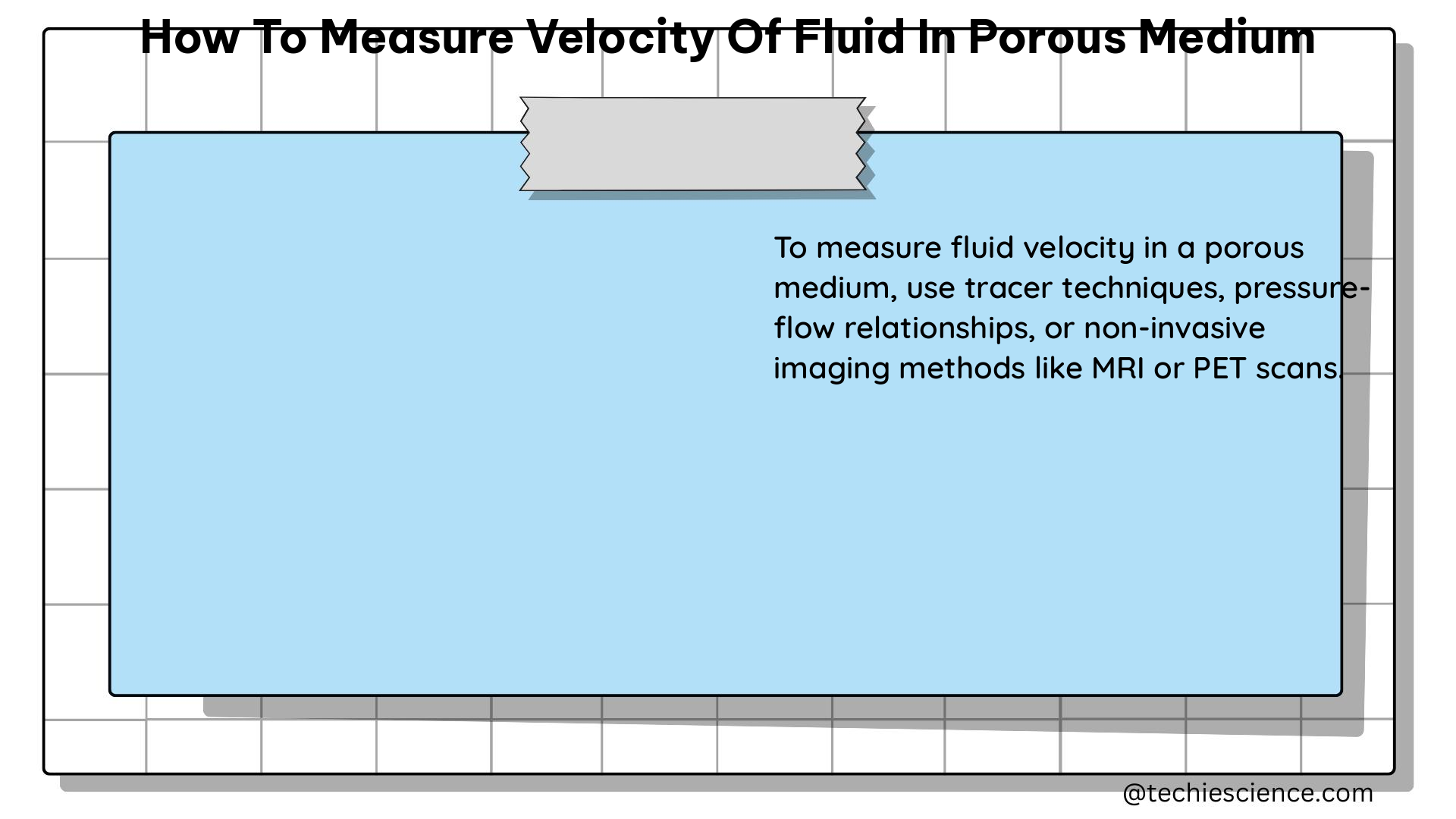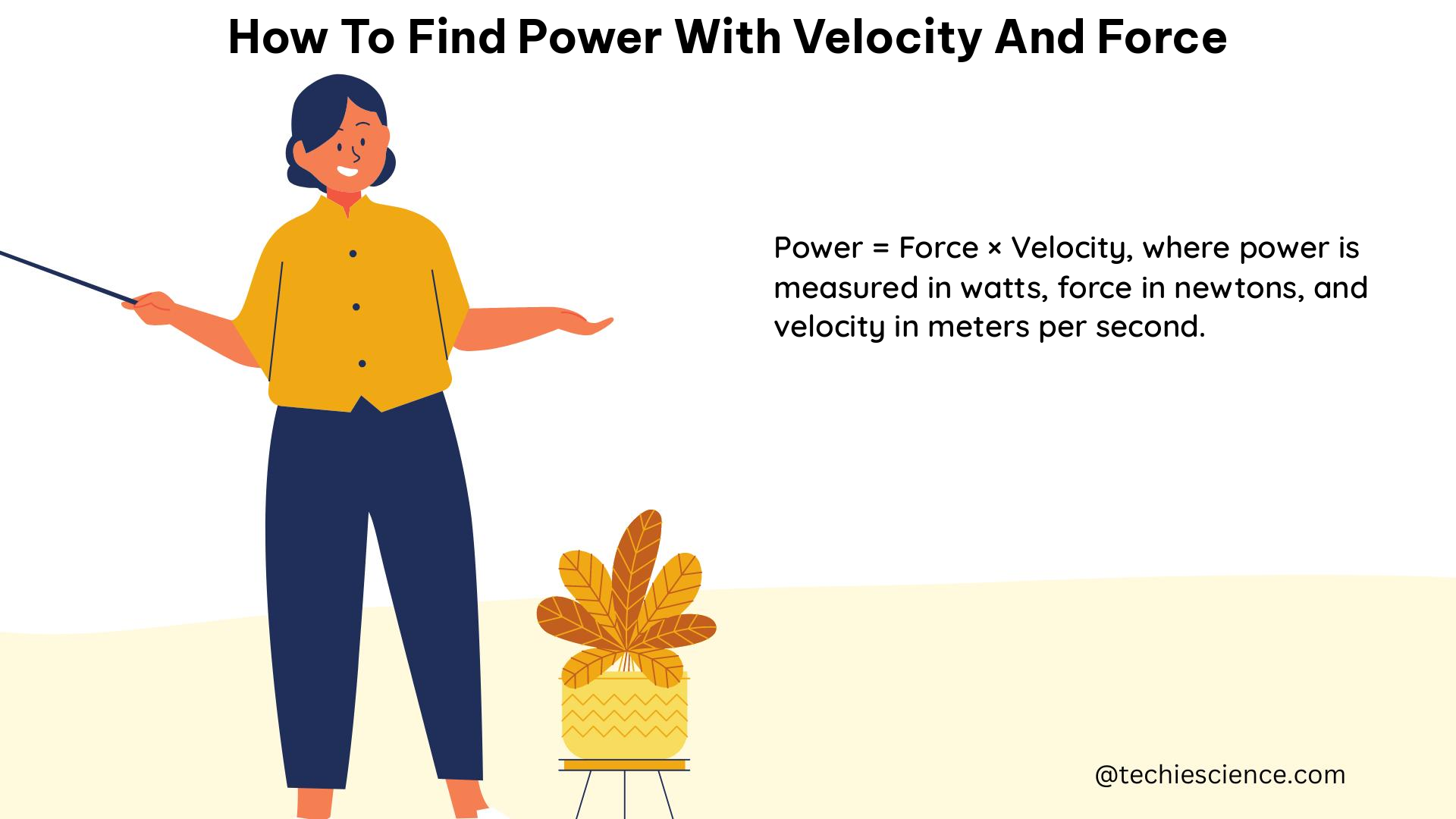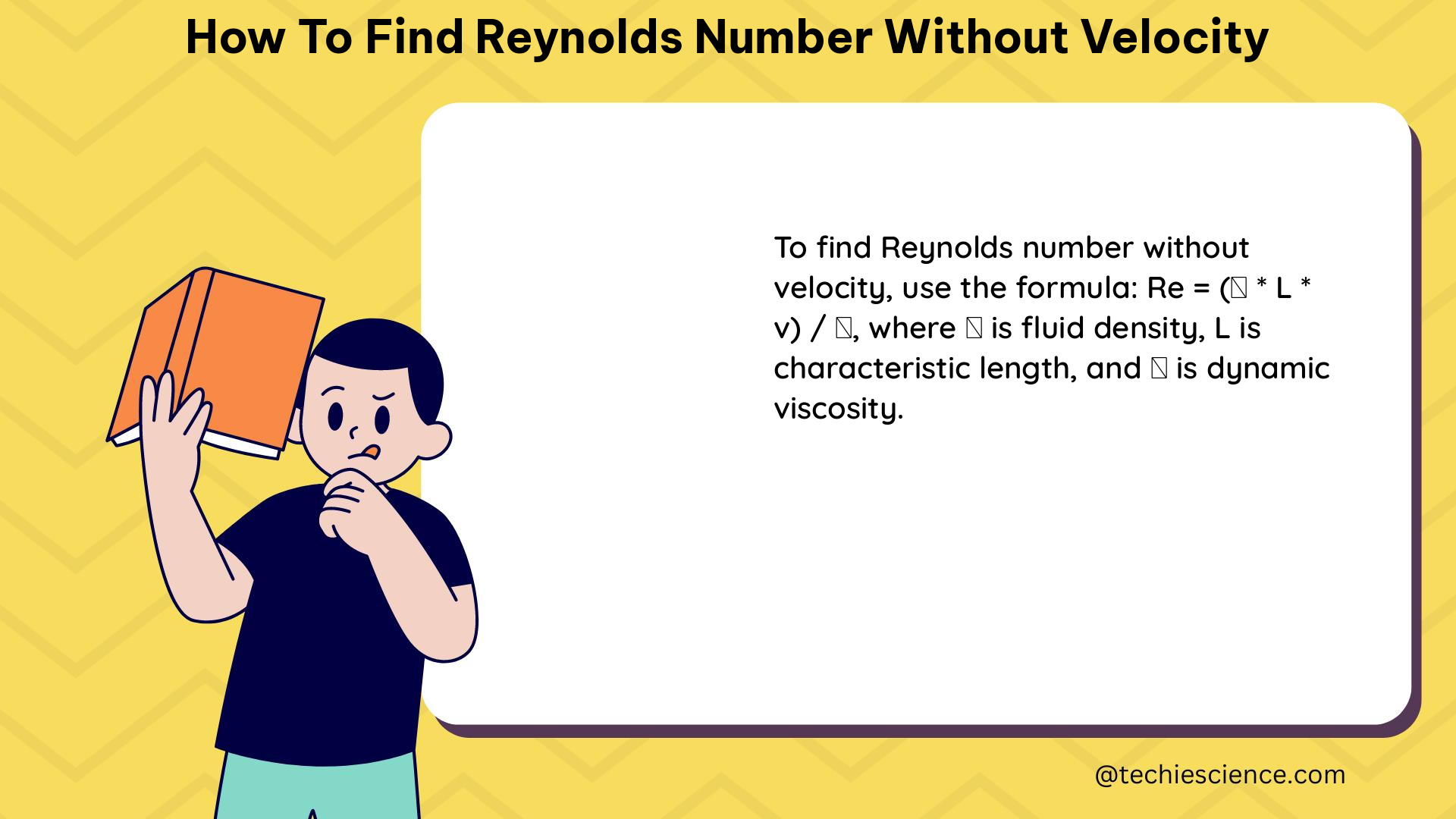How to Measure Velocity in Holographic Principle
The holographic principle is a profound concept in theoretical physics that suggests the universe can be described by information encoded on a lower-dimensional boundary, rather than the full three-dimensional volume. While there is no established method for directly measuring velocity within this framework, understanding the underlying principles and ongoing research can provide insights into the … Read more
